If your existing Windows 10 PC is running Windows 10 20H1 or later and meets the minimum hardware specificationsit will be able to upgrade to Windows 11. The upgrade rollout plan is still being finalized, but for most devices already in use today, we expect it to be ready sometime in early 2022. Not all Windows 10 PCs that are eligible to upgrade will be offered to upgrade at the same time. To see if your PC is eligible to upgrade, refer to our knowledge base for a list of tested systems. Once the upgrade rollout has started, you can check if it is ready for your device by going to Settings/Windows Updates. Similar to how end users are notified when updates are available in Windows 10, end users will see an indication in the notification areas of the taskbar in the bottom right, that the upgrade is available.
More information on how that is presented will be available at a later date. Additional desktop notification options may be also be added at a later date. If your existing Windows 10 PC is running Windows 10 20H1 or later and meets the minimum hardware specifications it will be able to upgrade to Windows 11.
To see if your PC is eligible to upgrade, refer to the specifications here. Warren noted that he rarely used the Widgets panel or Microsoft Teams, citing that he preferred the weather display that later versions of Windows 10 offered, and didn't use Teams to communicate with his friends and family. He also acknowledged the expansion of Microsoft Store to include more "traditional" desktop applications. Overall, he concluded that "I wouldn't rush out to upgrade to Windows 11, but I also wouldn't avoid it. After all, Windows 11 still feels familiar and underneath all the UI changes, it's the same Windows we've had for decades." Cunningham concluded that "as I've dug into and learned its ins and outs for this review, I've warmed to it more", but argued that the OS was facing similar "public perception" issues to Windows Vista and Windows 8. If you are having a brand new laptop or PC, then your system must be compatible with Windows 11 or even might come with it preinstalled.
But issues may arise with the older versions of PCs, as its hardware might not match with the requirements of Windows 11. If your PC has a 7th gen or previous Intel CPU, then it is unsupported by the latest upgrade. Still, you can migrate to Windows 11, but the way is a little more complicated as you will need to download install files, then perform a clean install and then restore the program and data files. Original equipment manufacturers can still ship computers without a TPM 2.0 coprocessor upon Microsoft's approval.
Some third-party software may refuse to run on unsupported configurations of Windows 11. Internet Explorer has been replaced by the Chromium-based Microsoft Edge as the default web browser, and Microsoft Teams is integrated into the Windows shell. Microsoft also announced plans to allow more flexibility in software that can be distributed via Microsoft Store, and to support Android apps on Windows 11 .
At least 16GB of RAM The basic system requirements of Windows 11 differ significantly from Windows 10. Windows 11 only supports 64-bit systems such as those using an x86-64 or ARM64 processor; IA-32 processors are no longer supported. Thus, Windows 11 is the first ever consumer version of Windows not to support 32-bit processors and 16-bit software .
The minimum RAM and storage requirements were also increased; Windows 11 now requires at least 4GB of RAM and 64GB of storage. The compatibility list includes the Intel Core i7-7820HQ, a seventh-generation processor used by the Surface Studio 2, although only on devices that shipped with DCH-based drivers. Because many of the new security features rely on specific, and more modern hardware, you must first check if your PC meets the minimum requirements.
According to Microsoft, most devices bought from the last 18–24 months should be fine. Download the Microsoft PC Health check app, available here if you don't have a Windows Insider account. If the Microsoft Surface family of products isn't your style though, other brands like Dell, Asus and HP have all released pages online that specify what devices are Windows 11 ready. Note that many won't come with the new operating system installed, but as they all meet the minimum system requirements, you can simply buy the laptop or 2-in-1 as normal and then update it yourself. Our launch approach to Windows 11 leverages the well-established systems and processes used for the 1.3 billion Windows 10 devices we have shipped and serviced for over five years. We will use a measured and phased process in offering Windows 11 as we have done with Windows 10 feature updates.
Our objective is to provide you with a smooth upgrade experience. We will begin to offer the upgrade to eligible new devices first1,2. Then, as with previous rollouts, we will study device health data and other signals to determine the pace at which Windows 11 is offered via Windows Update. As part of the minimum system requirements, Windows 11 only runs on devices with a Trusted Platform Module 2.0 security coprocessor.
According to Microsoft, the TPM 2.0 coprocessor is a "critical building block" for protection against firmware and hardware attacks. In addition, Microsoft now requires devices with Windows 11 to include virtualization-based security , hypervisor-protected code integrity , and Secure Boot built-in and enabled by default. The operating system also features hardware-enforced stack protection for supported Intel and AMD processors for protection against zero-day exploits. A redesigned user interface is present frequently throughout the operating system, building upon Fluent Design System; translucency, shadows, a new color palette, and rounded geometry are prevalent throughout the UI.
A prevalent aspect of the design is an appearance known as "Mica", described as an "opaque, dynamic material that incorporates theme and desktop wallpaper to paint the background of long-lived windows such as apps and settings". Citing security considerations, the system requirements for Windows 11 were increased over Windows 10. While the OS can be installed on unsupported processors, Microsoft does not guarantee the availability of updates. Windows 11 also drops support for 32-bit x86 CPUs and devices which use BIOS firmware. You can refer to our knowledge base for a list of tested systems to determine if your device eligible to upgrade to Windows -11.
Many PCs that are less than four years old will be able to upgrade to Windows 11. They must be running 20H1 or later version of Windows 10 and meet the minimum hardware requirements to receive the Windows 11 upgrade. You're going to have a tougher time if you own an older PC that doesn't meet Microsoft's hardware requirements. You'll need a compatible Intel, AMD or Qualcomm processor; 4GB of RAM; and at least 64GB of storage. Also, you'll have to enable Secure Boot and TPM 2.0 , features that should make it harder for spyware and malware to attack your OS. Microsoft's PC Health Check app can help you see if your system is ready for Windows 11.
If you have had the same installation for a long time, you might need to analyze and repair the current setup to fix missing or damaged files. Otherwise, during the upgrade process, the chances of running into issues will be high. However, if you plan to proceed with a clean installation using a bootable USB flash drive, then you can't skip this suggestion since the previous installation will be erased during the process.
In October 2019, Microsoft announced "Windows 10X", a future edition of Windows 10 designed exclusively for dual-touchscreen devices such as the then-upcoming Surface Neo. Legacy Windows applications would also be required to run in "containers" to ensure performance and power optimization. Microsoft stated that it planned to release Windows 10X devices by the end of 2020.
Of course, those wanting to upgrade right away will always have the manual method of downloading an official ISO or installer file that will upgrade your Windows 10 copy for free on day one . Also, those registered for the Windows Insider program can grab the upcoming beta, with some builds working on PCs that do not meet Windows 11's minimum requirements. The first Windows 11 Insider build is slated for release later this week. Windows 11, the next version of Microsoft's desktop OS, is here! Redesigned from the ground up, Windows 11brings modern aesthetics and new features to an aging platform.
If your PC meets the minimum requirements then you'll have the option to manually update to Windows 11 today, or you could wait for the update to arrive on your system . According to Microsoft, if users have these specifications, they can try out many Windows 11 tools with the developer's program. This includes a revamped Start, Taskbar, and Action Centre experience as well as a new Microsoft Store app, redesigned settings, lock screen, File Explorer and more.
Also warned that some features may not work, and the user may have to face unknown issues. As an update, Microsoft will no longer include Cortana in the taskbar and the Internet Explorer browser in Windows 11 Update. Apart from this, S Mode is now available only for Windows 11 Home Edition. As I've noted in past blogs, being on the latest version of Windows provides you with the best in creativity, protection and productivity.
Windows 11's minimum system requirements enable a new era of experiences, reliability and security. AsPanos Panay shared in June, this is the first version of a new era of Windows. And, for customers who are using a device that is not eligible for Windows 11, Windows 10 is a great place to be. Windows 10 will be serviced through Oct. 14, 2025and we previously announced that the next feature update to Windows 10 is coming very soon, continuing to offer you both support and choice with Windows. In addition to the processor, memory, and hard drive space requirements, Windows 11 needs two security features, including a Trusted Platform Module and Secure Boot, to be enabled on the Unified Extensible Firmware Interface .
Furthermore, if you plan to upgrade with a clean installation, you will also need to make sure the computer can start from a USB flash drive. There is also the possibility that some bugs and issues may appear on Windows 11 at release. Waiting to roll out free upgrades would give Microsoft the time to address any problems before rolling out the free upgrade. The computing giant did something similar in 2018 when it delayed its October update by a month after some users who installed the update reported losing files. For both types of upgrades, head to Microsoft's Windows 11 download page.
To perform an in-place upgrade, use the Windows 11 Installation Assistant. For a clean install, you must create a bootable USB drive or DVD disc. Windows users should first try the Media Creation Tool for this process, since it does all the work for you. Mac and Linux users will have to flash or burn the ISO file for Windows 11 to a drive or disc, respectively. You can check out our guide on how to upgrade to Windows 11 for more details on each of these methods.
The question as to when Windows 10 users will receive the Windows 11 update, Microsoft has clarified that the stable build will arrive during the Holiday season this year. Just download the update from the Settings app, and you move to Windows 11 with all your programs, files, and license key intact. To make it clear, even if you have the TPM module, you might not get the Windows 11 update due to a slightly dated processor. Microsoft has released a list of processors for Intel and AMD which are compatible with Windows 11. The disquieting part about this whole Windows 10 to Windows 11 upgrade process is that machines running Intel Core 8th-gen or above processors will only receive the Windows 11 update.
Basically, if you have a capable but 7th-gen or older processor, you won't get the Windows 11 update. So, when will we get to find out if Windows 11 lives up to all the promises Microsoft made during the reveal? Microsoft has just revealed the timeline for the free Windows 11 upgrades it promised to existing Windows 10 users with compatible machines and it is not good news.
At the launch, the company announced that Windows 11 will be launching later this year which people naturally assumed to mean that those free Windows 11 upgrades would also begin to roll out too. Instead, Windows 11 will only start rolling out to existing Windows 10 users in 2022, and even then, the rollout will be staggered. Windows 11 SE was announced on November 9, 2021, as an edition exclusively for low-end devices sold in the education market, and a successor to Windows 10 S. It is bundled with applications such as Microsoft Office for Microsoft 365, Minecraft Education Edition, and Flipgrid, while OneDrive is used to save files by default. Windows 11 SE does not include Microsoft Store; third-party software is provisioned or installed by administrators. Windows 11 features a new version of the Microsoft Store, with a new interface and a broader selection of apps.
This new store is meant to have an easier to use and better-curated digital storefront. It should also be faster, "We rebuilt for speed", said Panos Panay during the Windows 11 announcement. So far our experience of it is much the same as the rest of Windows 11... But it's also still mostly filled with apps you'd likely download direct from your browser, or wouldn't want to touch at all.
There is a way to install Windows 11 on unsupported hardware, but we wouldn't recommend it. Although Microsoft hasn't confirmed it, the company has heavily implied that unsupported users won't receive critical security updates. If you still want to install, you can do so using the Media Creation Tool, which bypasses hardware checks. Once you've chosen a method for your upgrade, be sure to first look over our Windows 11 upgrade checklist to get all your ducks in a row.
It'll make it easier to zip through the process—and recover faster if something happens to go awry. And while you're waiting for the installation to complete, you can check out our Windows 11 review as well as six new features you should try after you make the jump. Most Windows 10 PCs currently being sold will be able to upgrade to New Windows.
For the PC to be able to upgrade to New Windows, it must meet the minimum hardware specifications and specific hardware is required for some features found here. The upgrade rollout plan is still being finalised but is scheduled to begin late in 2021 and continue into 2022. On the day 24 June, Microsoft unveiled the next OS generation Windows 11, which comes with an overhaul new UI, Start Menu arrangements and solid security requirements of a TPM 2.0 chip and UEFI secure boot. The overall security improvement in Windows 11 is optimistically estimated to be a 40% increase than Windows 10! Microsoft hopes that all the modern computers and laptops get the Windows 11 free upgrade from Windows 10 since they meet the minimum system requirements as below. Microsoft is rolling out the OS in phases, so your system might not prompt you to upgrade just yet -- in fact, you might not find it even if you tell your computer to check for updates.
An August blog post from Microsoft said the company expects "all eligible devices to be offered the free upgrade to Windows 11 by mid-2022." Don't want to wait another half a year? Read on to find out how the Windows 11 Installation Assistant is your shortcut to Windows 11. Once the installation is complete, you should find all of your files and applications in the same place you left them before the update. Some may sport a new look (those rounded edges on apps and folders look nice, don't they?) but everything should function as you remember. Microsoft will release an updated version of its PC Health Check app before the Windows 11 launch. This will enable users to check if their PCs meet Windows 11 system requirements.
However, Microsoft will continue to support Windows 10 through Oct. 14, 2025. Erm, where does it say that Windows 10 users can't upgrade for free until 22H1? It only says that rollout for current Windows 10 users starts then, I would presume this means MS won't be pushing this through Windows update until then. And they will do the rollout in stages like they've done with Windows 10 upgrades, so not everyone gets it at the same time. I'd expect that installation tool will become available with release, which allows you to upgrade your current install or create ISO/USB if you want to upgrade earlier.
Habits are what we acquire while using anything for a long time. And in the case of Windows 10, I am sure you must have some of your favourite features that you won't like to change ever. Windows 11 will change some of your current features of Windows. For example, right now in Windows 10, the taskbar can be docked at the top or on either side of the screen, whereas the Windows 11 version can only be docked at the bottom. The upgrade will also remove the feature to drag a file onto the taskbar and pin it as the shortcut. There are many other such features, and if you are not ready to let go of these then you can consider to postpone the upgrade.



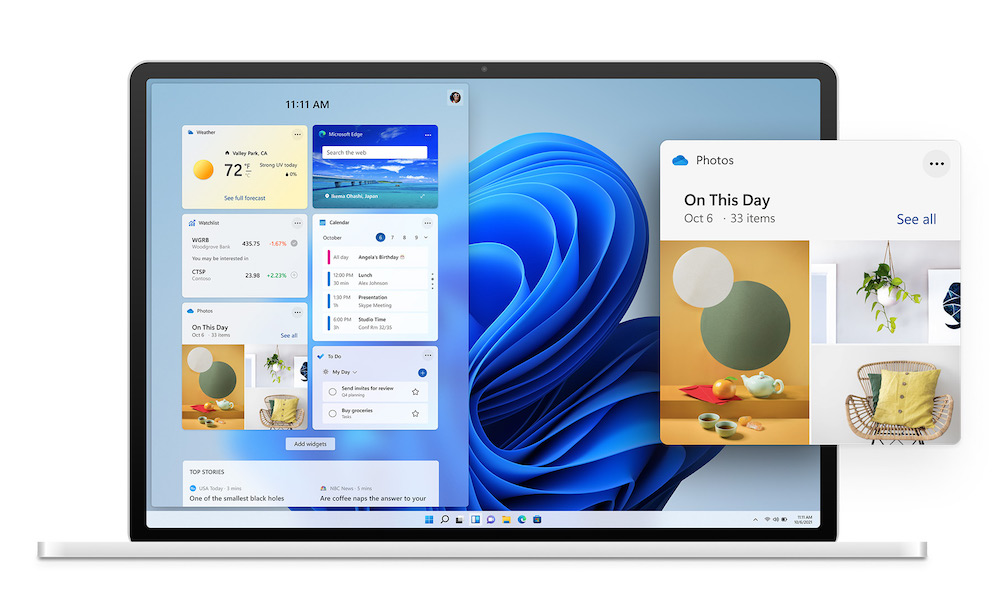






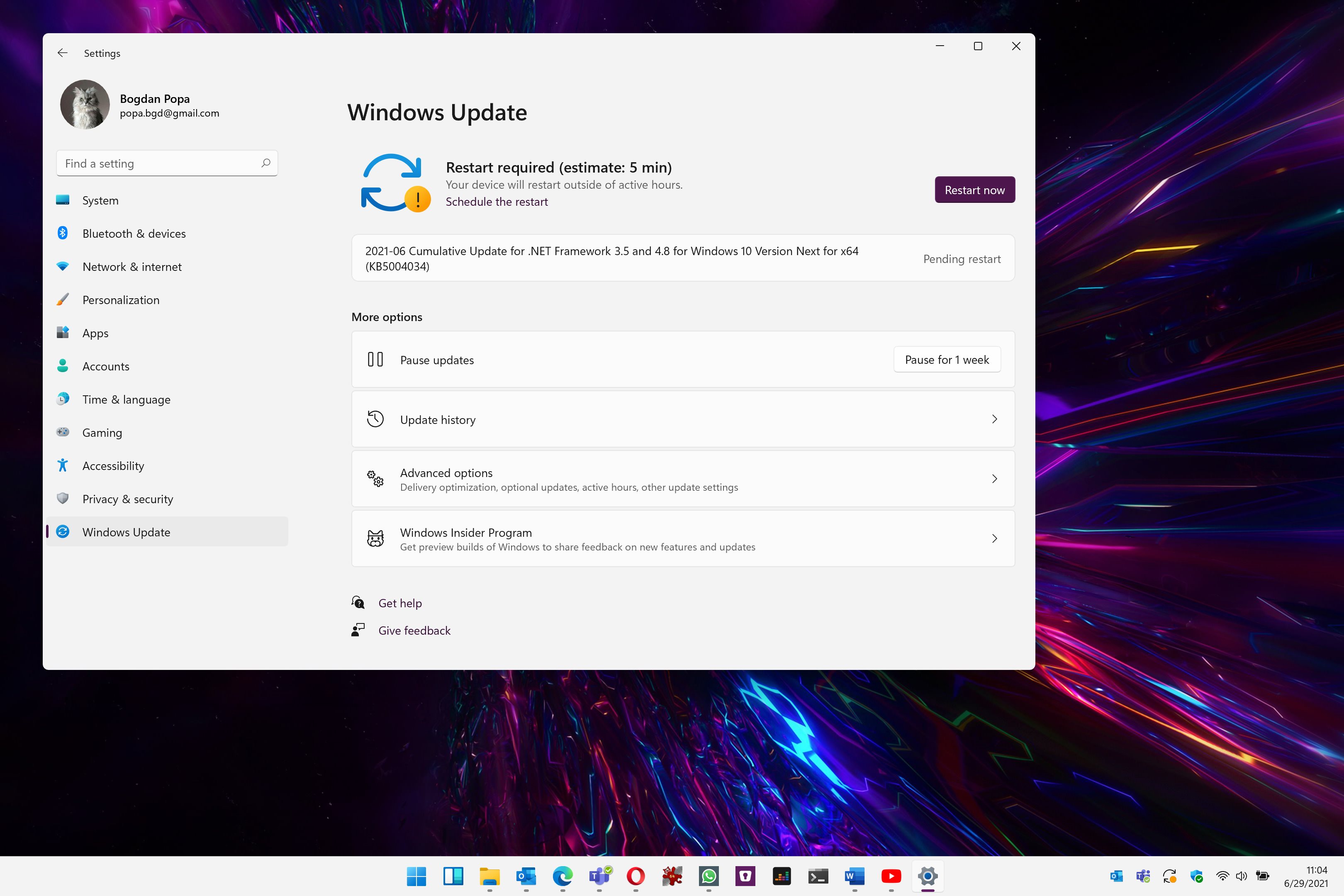

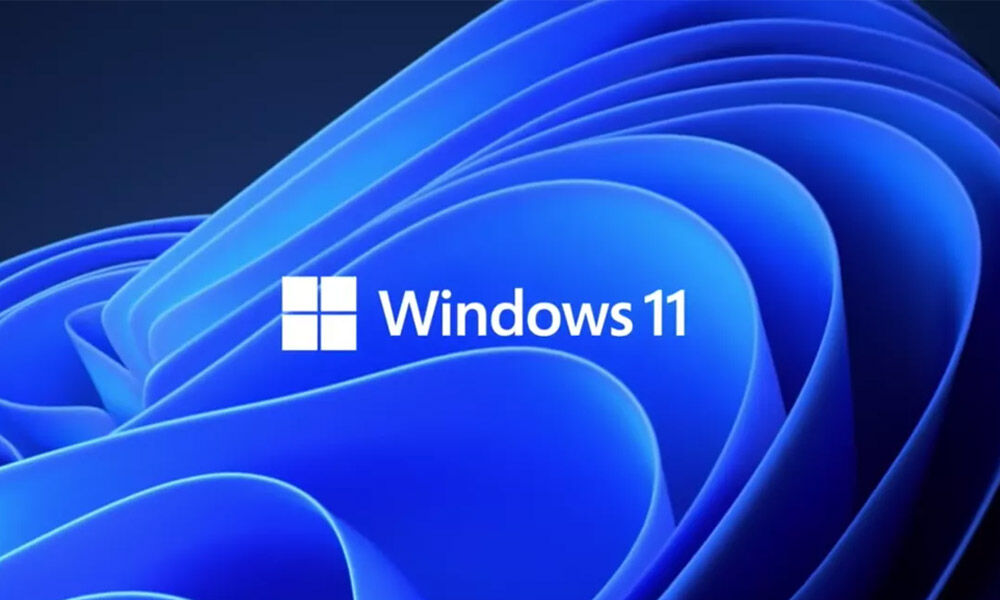



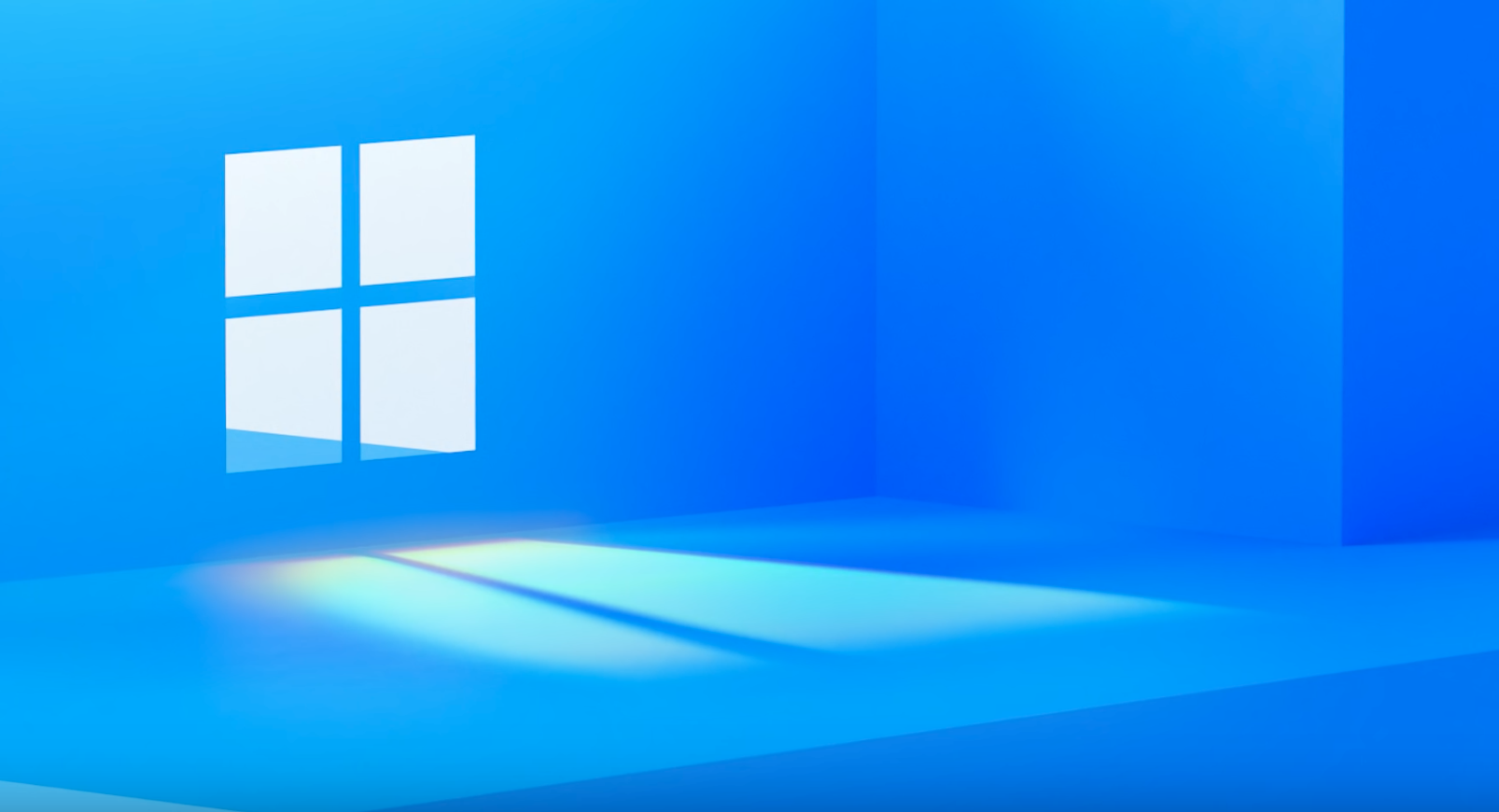









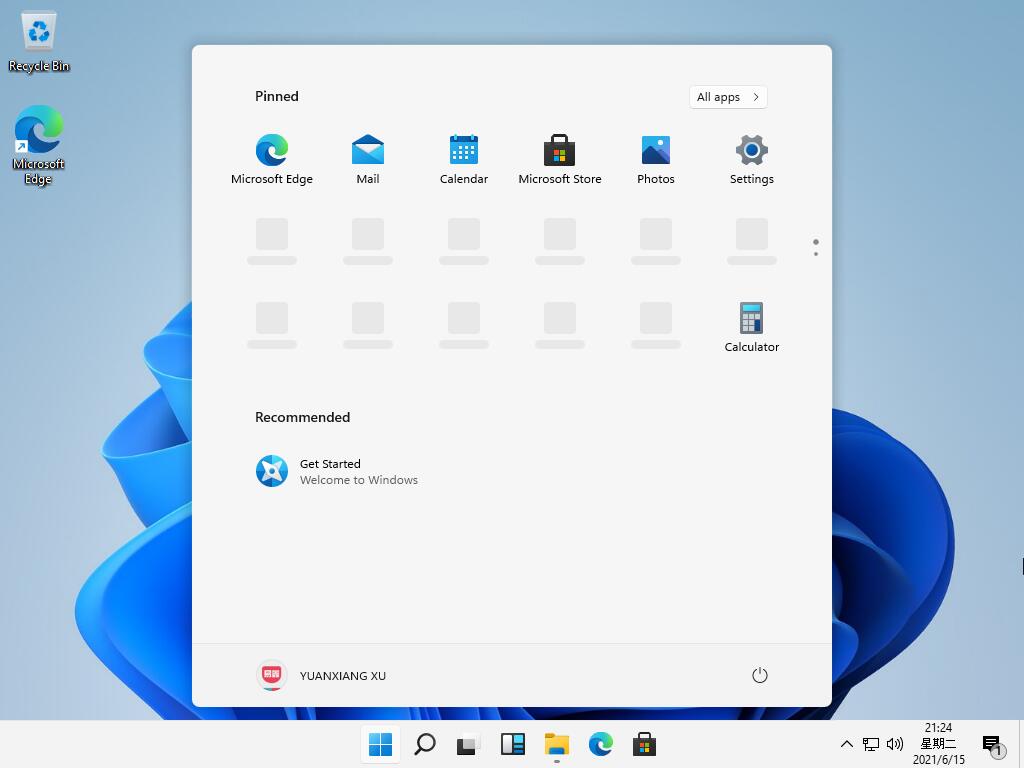
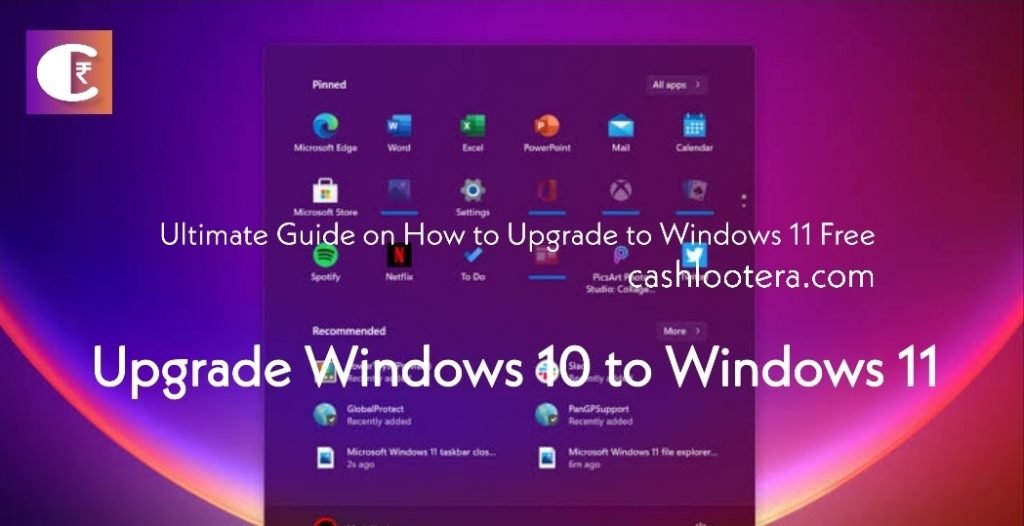


No comments:
Post a Comment
Note: Only a member of this blog may post a comment.